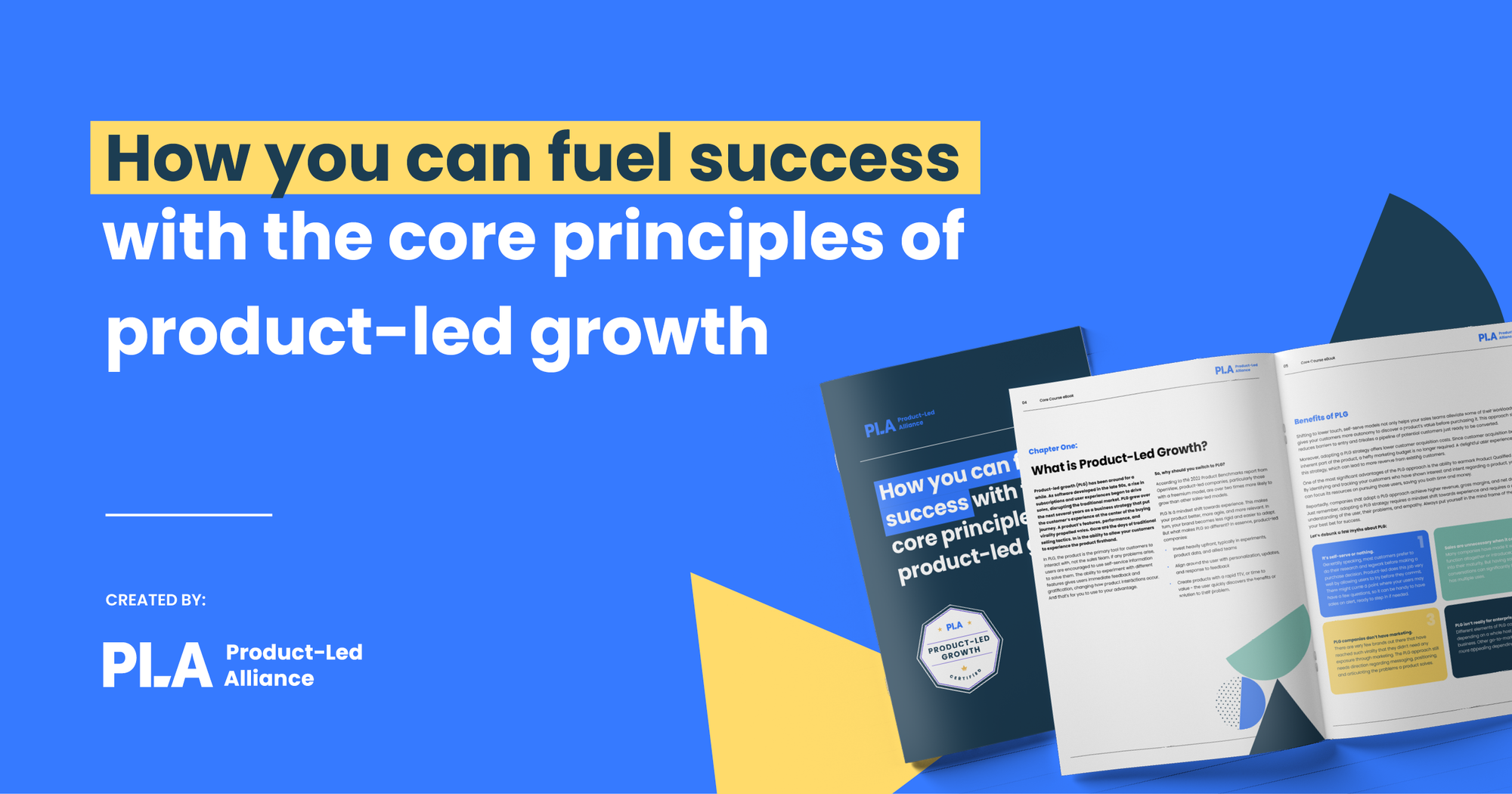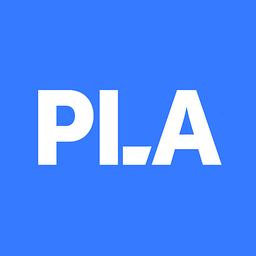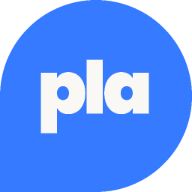Managing projects is a key component of an organization's effectiveness and long-term success. Statistically, organizations that use proven methods of managing projects can manage plans that are 2.5 times more efficient.
In this blog, we’ll explore the differences between agile frameworks and methodologies and discuss the best agile frameworks and methodologies. Let’s begin.
What are Agile frameworks?
Agile is a product management approach that breaks down projects into dynamic phases, including planning, testing, and collaboration. The philosophy of Agile is built around continuous iteration to help teams build products faster, more efficiently, and with swift adaptability. Agile is the umbrella word that covers a variety of methods and strategies.
Phases in project management
No matter the scope, every product must follow an order of operations that can be managed and controlled. As per the PMI (Project Management Institute), the standard project management procedure comprises these phases:
- Taking Initiative,
- Planning,
- Executing,
- Monitoring Performance, and
- Closing Project.
As a guideline to achieve specific goals, The phases are the basis of the lifecycle of a project's management. However, this model is not sufficient for all tasks. A typical project will have several internal phases within it.
They may differ greatly based on the nature of the work, business, team, or even the project directly. In the quest to discover an all-encompassing approach to project management, humanity has come up with a large amount of PM strategies and methods.
Traditional project management methodologies
As per the previously discussed classic framework, conventional methods employ a sequential strategy for execution. The project is then taken through the beginning of planning, executing, and monitoring right up until completion.
Often referred to as linear, this strategy comprises a variety of internal processes sequential in nature and carried out chronologically. It is most often used in the manufacturing or construction industries in which modifications are required throughout the process of the traditional approach. However, software engineering has also made use of project management.
The model is also known as the “Waterfall model” and has been the standard method of software development since the beginning of the 1970s. In general, the two fundamental steps are common for all computer programs regardless of the size or the complexity. First, there is an analysis stage and then a development step.

List of top Agile frameworks
The most well-known practices and frameworks include the following:
- Scrum
Scrum is the most popular Agile method that controls the flow of the process. It's employed by 58% of companies while 18% of companies use it in conjunction with another method. The first time it was mentioned was back in 1986. The year 1995 was the time when Jeff Sutherland and Ken Schwaber, Scrum Guide’s authors, introduced it during the OOPSLA conference.
This presentation was founded upon the experience they gained through the application of the methodology over the past few years. Although Scrum was developed long ahead of the release of Agile documentation, it is based upon Agile practices and is compatible with the principles outlined in the document.
Scrum is designed to maintain the collaboration of the people who work on complicated products and the details are constantly being modified or added. It is built on the regular interaction of three main roles:
● Scrum Master
● Product Owner
● Scrum Team (Developers)
- Kanban
Kanban is also among the popular frameworks for implementing Agile Project organization. However, as per 43% of organizations, Kanban is utilized in conjunction with their Agile methods. It is a straightforward yet effective method for creating software products. Its roots go back to the card system with a visual utilized during Toyota manufacturing to control production.
Translated to "visual signals" in Japanese, the Kanban concentrates on visualizing the workflow. It also prioritizes the (WIP) work in process and limits its capabilities to align it efficiently to the team capacity.
- Hybrid
Waterfall and Agile are two distinct perspectives of managing software development. Agile is focused on the concept of rapid development, flexibility, and adaptability, while the waterfall encourages development in steps, which demands planning and is opposed to making adjustments during the process.
Almost 23% of organizations discovered that applying the techniques from both could be more effective than selecting one or the other. Combining the traditional Waterfall method alongside Agile is known as Hybrid.
Specialists make use of the benefits associated with the Agile method of software development. In terms of planning, estimating, and the setup of hardware, Waterfall performs well. However, when you integrate Agile techniques into a conventional Waterfall workflow, companies can increase the chances of achieving successful projects.
- Lean
Based on the most recent figures 17% of companies use Lean. The popularity of the framework decreased between 2015 and 2016. However, it remains among the top five popular Agile frameworks. With the same roots as Kanban, the method was developed as a process that was used in physical manufacturing. It was derived from Toyota's production process that focused on "making the cars customers ordered in the fastest and efficient manner.
Lean techniques to develop software were presented by Tom Poppendieck and Mary in their famous book: “Lean Software Development- A Agile Toolkit”. It outlines the seven fundamental concepts:
- Eliminate waste
- Enhance learning and generate knowledge
- Take time to decide,
- deliver as soon as possible,
- Empower your team
- Integrity and quality are built into and,
- Check out the whole.
- Bimodal
The Bimodal method is extremely popular. It estimates that about 16% of firms opt for this approach. The concept "Bimodal IT" was first presented by Gartner around the year 2014. Bimodal refers to the process of handling two distinct, but consistent ways of working: one that is centered on predictability while the other one on agility.
Mode 1 follows a traditional approach; consequently, it performs flawlessly in predictable and well-understood areas. As per Gartner, the mode seeks to make use of what is well-known while also transforming the existing system into a suitable state for a new digital age.
Mode 2 follows rapid app development. The process is nonlinear, exploratory, and designed to address new challenges. It is particularly useful in projects that must be completed as soon as possible.
Both methods demand different skills sets, methods, and tools. Thus, two distinct workgroups are necessary. They have two main goals: maintaining stability and embracing new ideas. The team members concentrate on the projects that match their style best.
- XP (extreme programming)
XP (Extreme Programming) is different from other frameworks mentioned above. Its emphasis is on the specific components of developing software which includes high-quality code. XP is utilized for almost 9% of businesses.
It brings together the most crucial of the essentials, providing Agile team members with a variety of tools that improve the process of engineering. It consists of techniques that are used in software engineering to enhance efficiency and adaptability to changing demands.
XP calls for developers to execute only a few engineering techniques at the most possible level thus the reason for its name. XP was first proposed in the 90s by Kent Beck. Beck set out to find ways to accomplish complex tasks as efficiently as is feasible. He outlined XP techniques in his famous publication “Extreme Programming Explained: Embrace Change”.
- Crystal
Crystal is among the most flexible and light methods to manage the development of software. It is a natural way of doing things. It is a collection of Agile methods that focus on the interactions of people with processes, placing aspects like communication skills, abilities, and the ability to perform first. The method was created in 1991 by IBM employee Alistair Cockburn, it implies that different teams work separately depending on the size and priority of projects.
Say that smaller team members tend to be connected and can work without the need for constant reporting or documentation. In contrast, larger teams need an organized approach to communication to ensure everyone is working together. There are seven fundamental principles in Crystal Agile.
- Frequent delivery
- Improvement in reflection
- Osmotic communication
- Personal security
- Concentrate on your work
- Access to experts on the subject and users
- Utilization of the technological environment

- DSDM (Dynamic Systems Development Method)
DSDM was the first framework to bring in product management aspects in 1994, with strict adherence to fixed-time periods. Unlike other methods, which use sprints, DSDM focuses on a tighter scope. This method is better suited to projects with a higher need for governance. In comparison to frameworks like Scrum, which works well for products, DSDM might be a better fit for projects.
DSDM is built around eight principles, including:
- Focus on the business need
- Deliver on time
- Collaborate
- Never compromise quality
- Build incrementally from firm foundations
- Develop iteratively
- Communicate continuously and clearly
- Demonstrate control
DSDM runs well for an overall comprehensive approach, unlike other methods, which are more operational-based.
Final thoughts
The Agile frameworks are frequently thought of as a single methodological approach. Many methods haven't been mentioned here. No matter the exact methods and strategies they employ, Agile teams are demonstrated to boost profits by 37% faster and produce 30% higher revenue as compared to the companies that are not Agile. Hopefully, this article helped you understand the top agile frameworks and methodologies along with their purpose.





